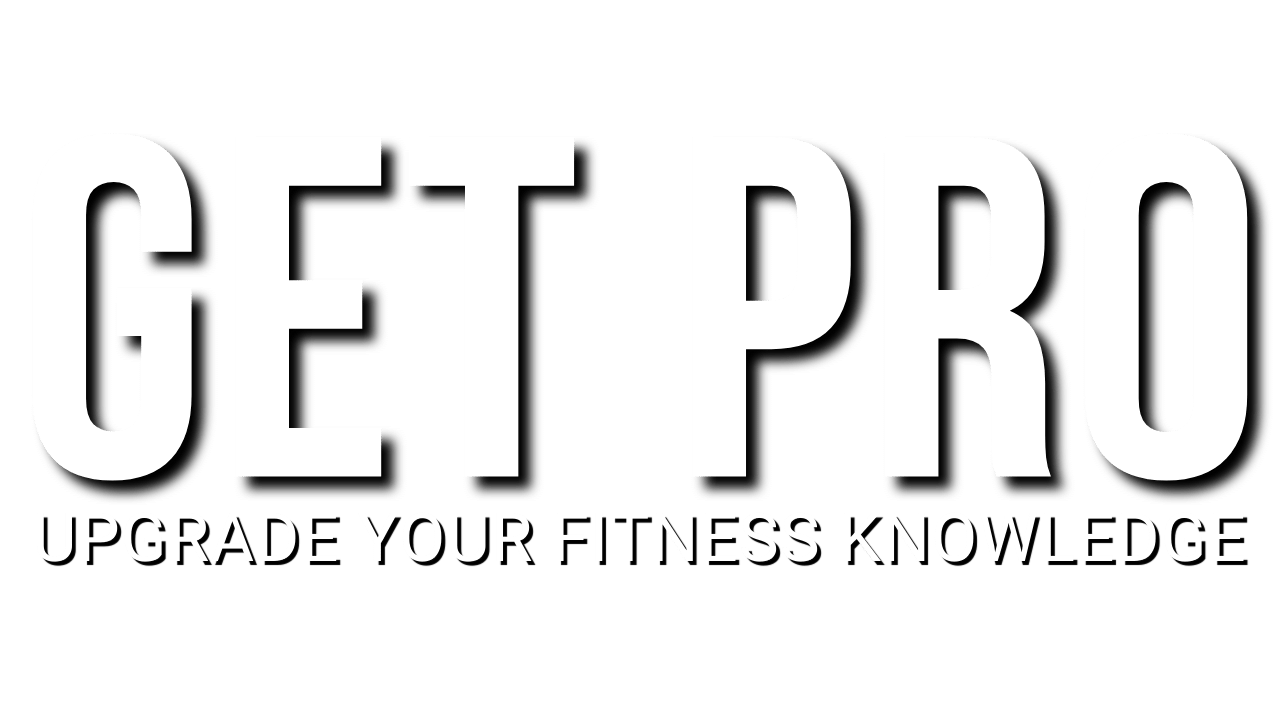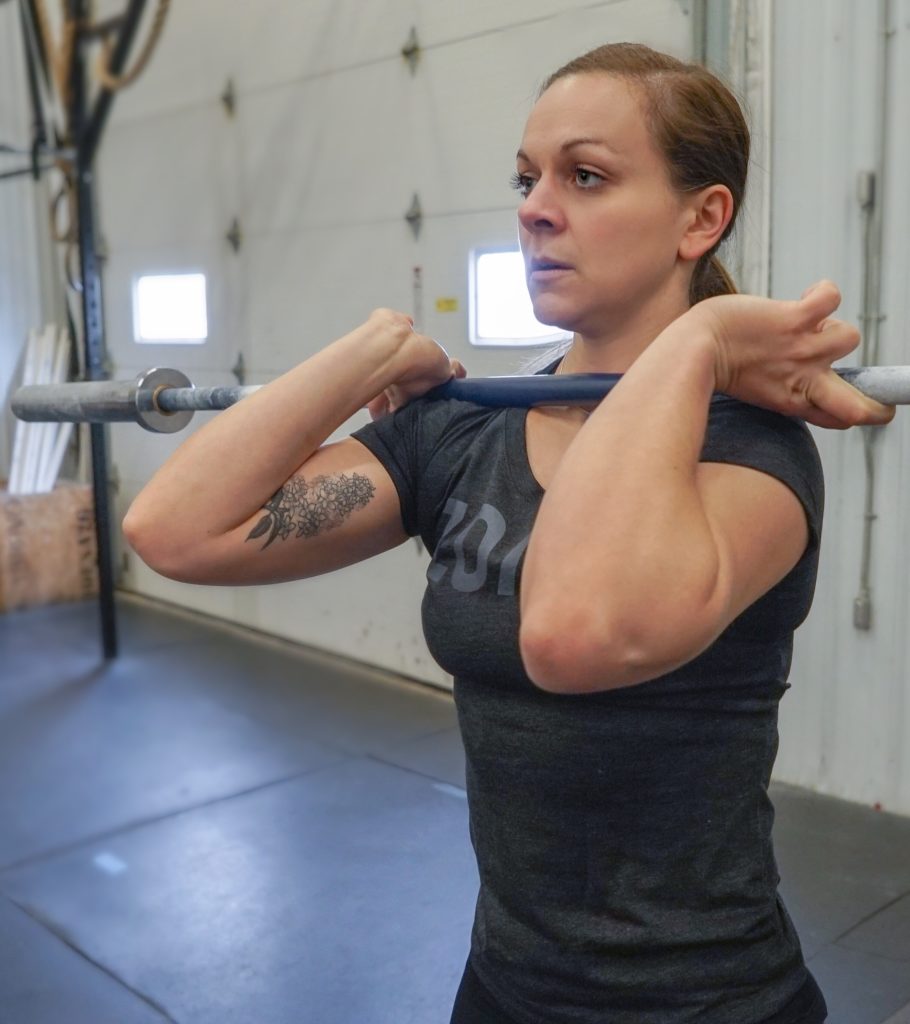Show Notes
The Painter vs. The Artist
A Quote from Breath Work for the Sport of Fitness
“Skill is a prerequisite to art.
First, there is the painter. He spends his time putting lines, shapes and shades on a canvas. He is talented at what he does. His skills set him apart. People admire his perfectly straight lines, beautiful shapes and his unique pallet of perfectly blended colors. Yet he is not an artist and he has not created art. He has the skill, but lacks the vision, direction, purpose and intent.
Then, there is the artist. He also spends his time putting lines, shapes and shades on a canvas. However, he doesn’t think about what he does as lines, shapes or shades. He doesn’t think about his techniques. Rather he directs his attention, his focus, on the overarching themes and feelings he longs to create. He has invested so deeply in his fundamental skills that the focus moves vertically to create something bigger and broader. The focus moves from painting to creating art.”
Where does The Art of Competing fit into the bigger picture of competitive fitness?
The Pyramid of Performance

5 Ways to Embrace Your Inner Competitor
Note: I’m mainly referring to an in-person competition: local comps, Semifinals, or the Games.
(1) Reinterpret Arousal
My heart rate is elevated.
My palms are sweaty.
I have butterflies in my stomach.
Thought A: I’m so nervous. I’ve been working so hard for this moment. This anxiety is crippling.
Thought B: I’m so excited. I’ve been working so hard for this moment. Let’s do this.
Athletes who care about their performance, all experience the same set of physiological symptoms.
Some allow those emotions to overtake them with negative thoughts and self-talk.
Other athletes harness those same emotions to power them towards victory.
Matthias Steiner is an incredible example of harnessing the power of emotion, the energy of the crowd, and seizing his moment to become a champion.
(2) Reframe Fatigue
I’m feeling tired. This really hurts. I’m going to fall behind.
I’m feeling tired. This really hurts. They must also be tired.
Time to put the pressure on & make them hurt.
You are going to have to bleed if you want to beat me.
It’s a figure of speech.
You are going to have to be willing to put yourself into the hurt locker.
When you tie a strong emotional & viserial component to what you do, you’ll be willing to “dig” so much deeper.
Let’s take a look at two athletes…
Athlete A: He views himself as a recreational competitor. He signed up for the comp because his buddy was joining in the intermediate division. He occasionally goes out with his friends on Friday night and ends up missing his Saturday morning session. His wife thinks competitive fitness is a waste of time that pulls him away from the family.
Athlete B: He views himself as a serious competitor. He mapped out his season months ago, and strategically signed up for this comp to kick off his competitive season. He remembers every early morning where he could have chosen to sleep in but didn’t. His wife & kids are his biggest fans and are on the sideline cheering him on.
Both athletes can Row 2k in 7:00.
Both athletes can Clean & Jerk 295lb.
Both athletes can do 12 Unbroken Bar Muscle-Ups.
Who’s going to win?
(3) Stay Composed
Above all, a savvy competitor doesn’t lose her cool.
Emotionality has its place.
Racing & playing head games has its place.
But so does being smart, cutting your losses, and keeping your focus on your lane.
In the current scoring system…
The goal is to maximize your points, not your effort.
In practice, maximizing your performance means getting the best scores and times possible.
In competition, maximizing your performance means getting the best place possible while using the least amount of energy and effort to do so.
(4) Race Tactics
Know when to race and know when not to race.
• This is not pacing. (although pacing plays an important role)
• You can’t race without the supporting fitness. (know your limits)
• You can only race if you have the engine & you know how to keep the car on the track.
(5) Head Games
Learn to read the body language of other competitors.
Body Language: Gestures, Facial expressions & Body positions
• A savvy competitor learns to read her opponents body language and can use it to make strategic moves.
• The best way to get in an opponent’s head is not with trash talk, it’s with simply convincing them you’re comfortable.



1-on-1 Remote Coaching
• Customized workouts tailored to your needs
• Video calls with your coach every training cycle
• Video analysis – having “eyes” on your technique
• Strength & Energy Systems Testing
• Access to Pro (Articles, The Vault, The Protocol)
• No commitment. Pay monthly. Cancel Anytime.
